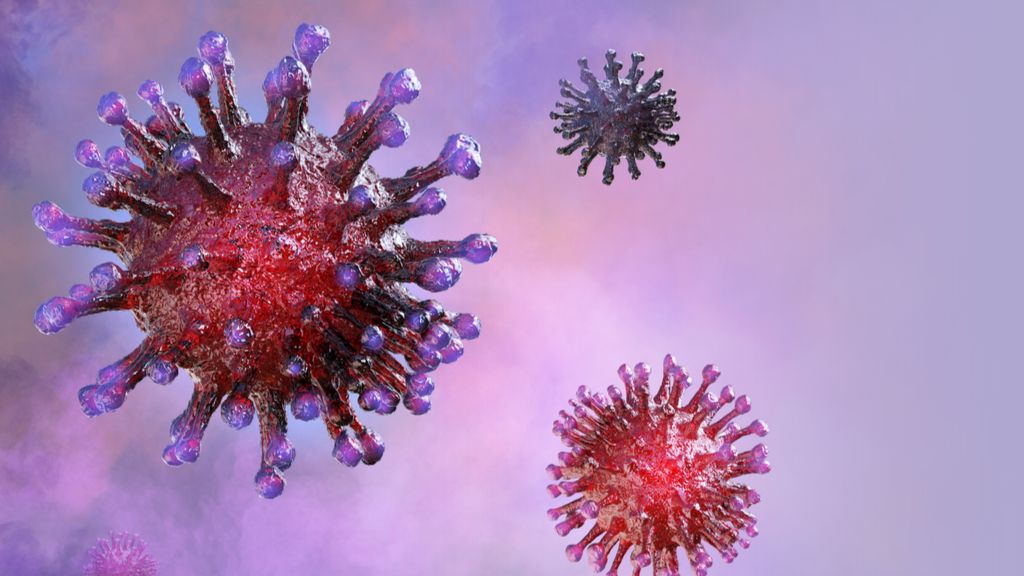Does it spread more easily?
Yes. Experts now think the new variant is between 50% and 74% more transmissible than other dominant strains, according to a study by the
Center for Mathematical Modeling and Infectious Diseases (CMMID) that has not yet been peer-reviewed. The WHO estimates this would tack on 0.4 to the basic reproductive number R, which dictates how many people each infected person would spread the virus to.
Based on models of that growth, the new variant could be responsible for 90% of all new COVID-19 cases in London and East and South England by mid-January, that study found.
Another study from the U.K., published Dec. 27 to
medrXiv and also not peer reviewed, found higher viral loads in PCR tests that are negative for the S gene. Testing negative for the S gene means the virus has the 69-70Del mutation and so such S-gene dropouts are thus a proxy for, but not a certain indication of, the samples coming from the B.1.1.7 variant. And a higher viral load makes it easier for the virus to spread.

blogmickey.com

